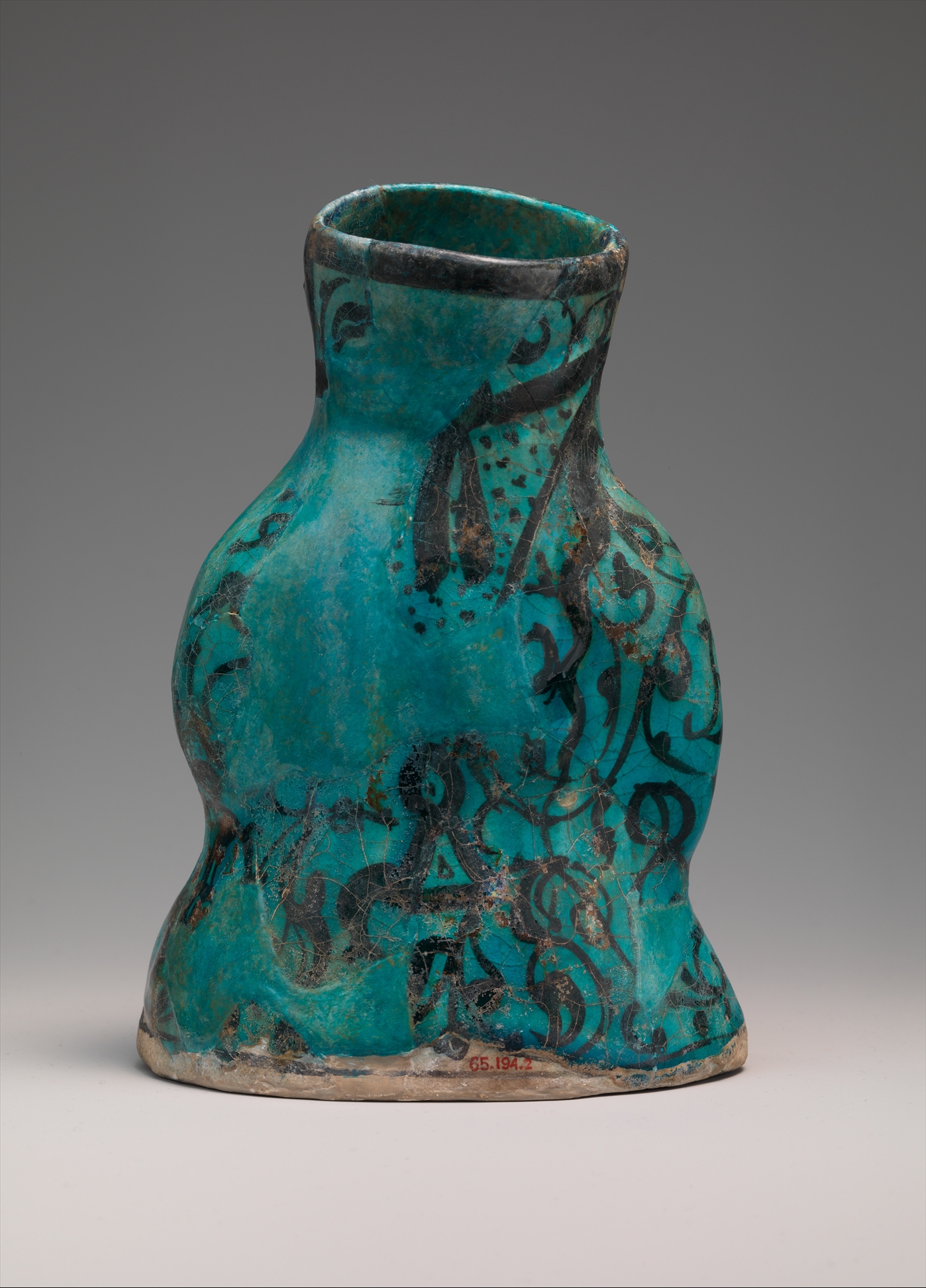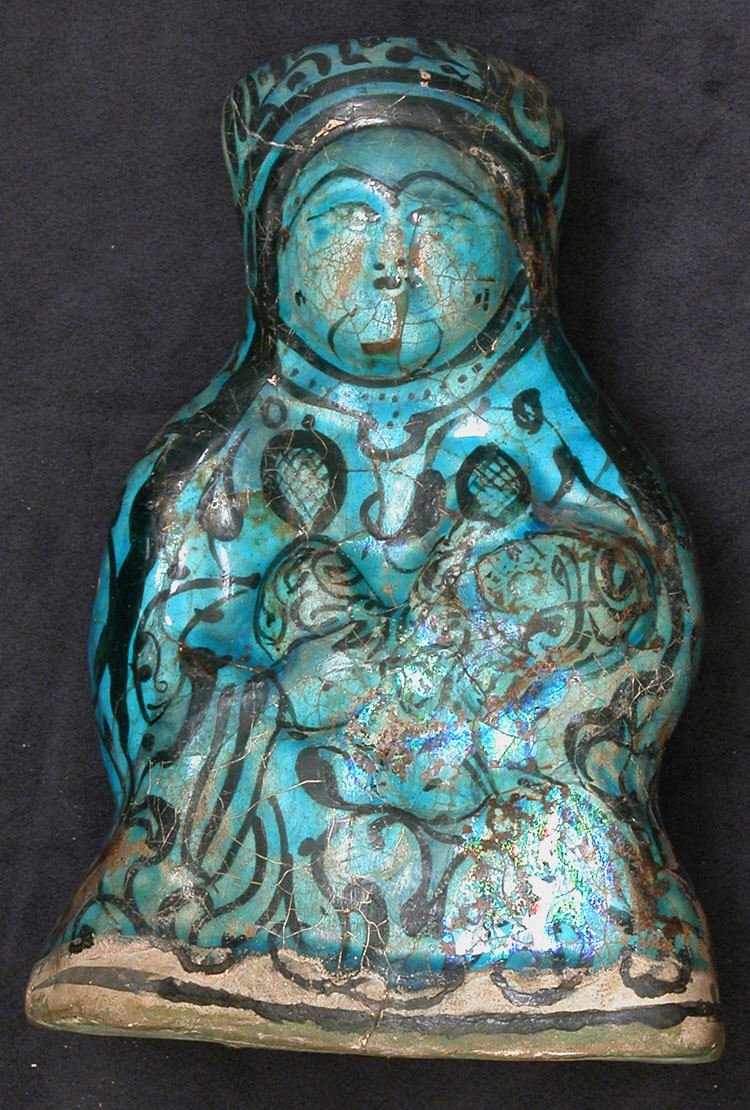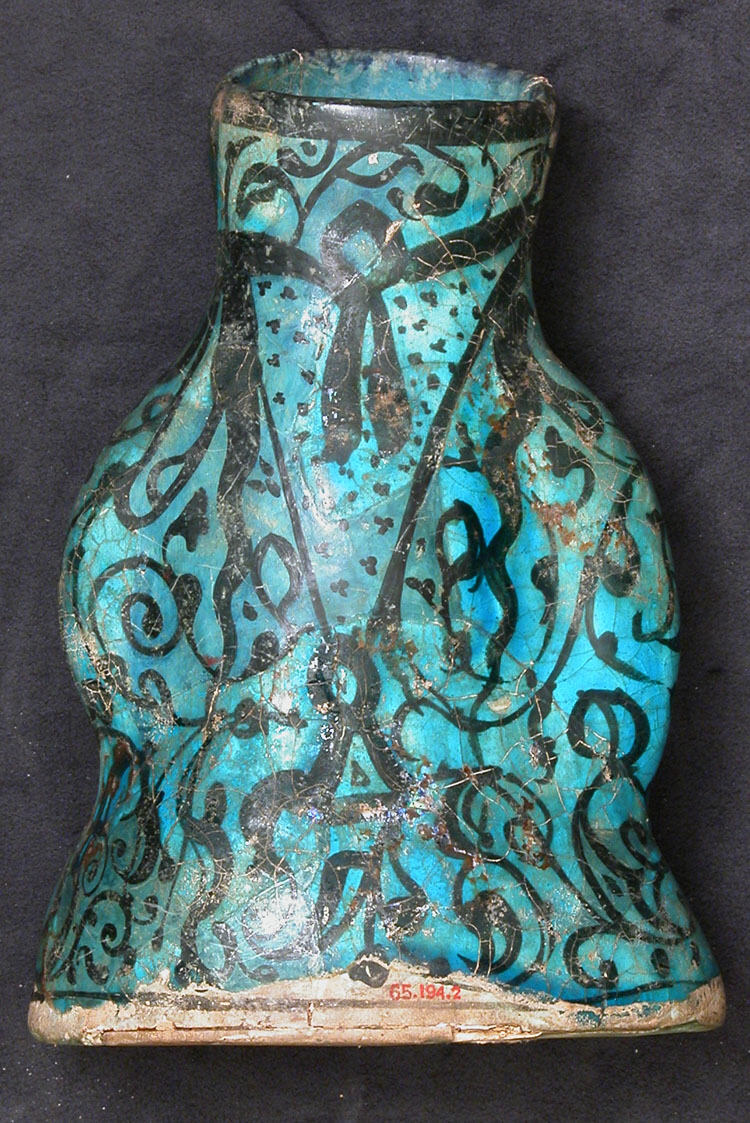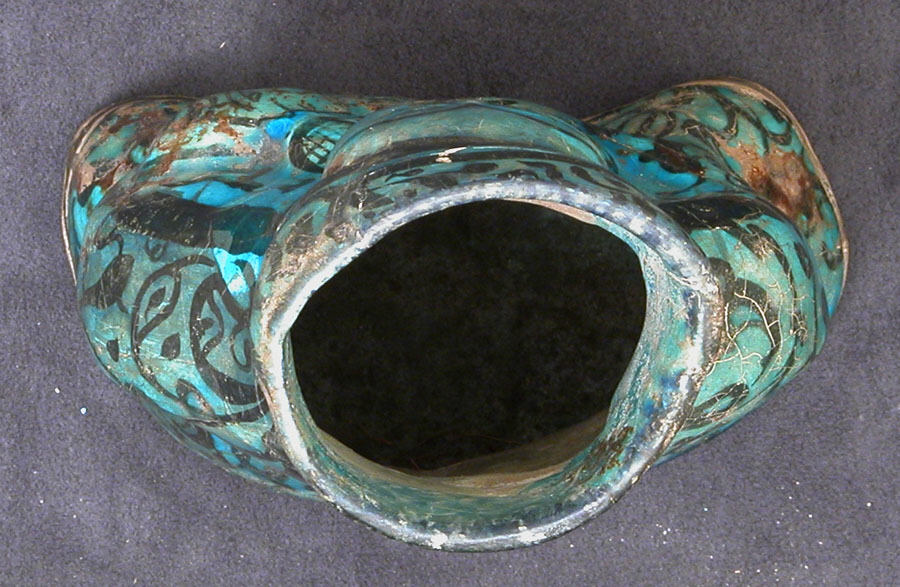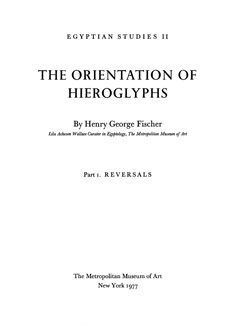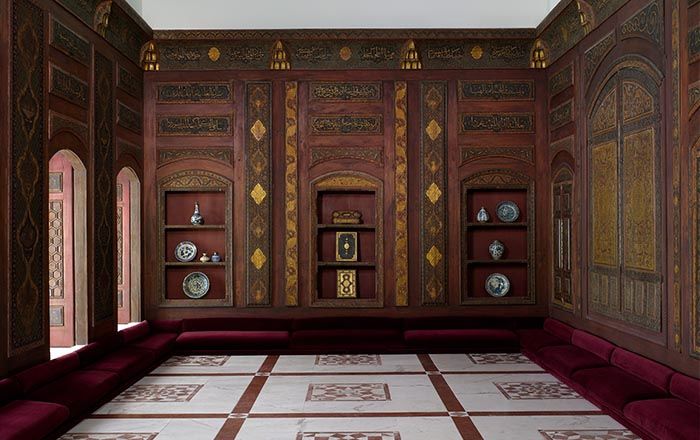Molded Vessel in the Form of a Mother and Child
This object in the shape of a woman cradling a baby belongs to a large assemblage of ceramic figurines, whose original purpose is enigmatic.
Its lower part was left devoid of the turquoise glaze probably to avoid sticking with other objects stacked in the kiln. One can see there the black pigment painted directly on the body. Despite it unrefined appearance, the painted decoration quite precisely defines the details of the figures, such as the woman’s headdress, braids, and cross-hatched breasts. The marks painted on her cheeks follow a Central Asian iconography and are probably related to apotropaic rituals. They might represent tattoos or scars really practiced by women, as charms or applied as a form of facial adornment.
This image cannot be enlarged, viewed at full screen, or downloaded.
This artwork is meant to be viewed from right to left. Scroll left to view more.


